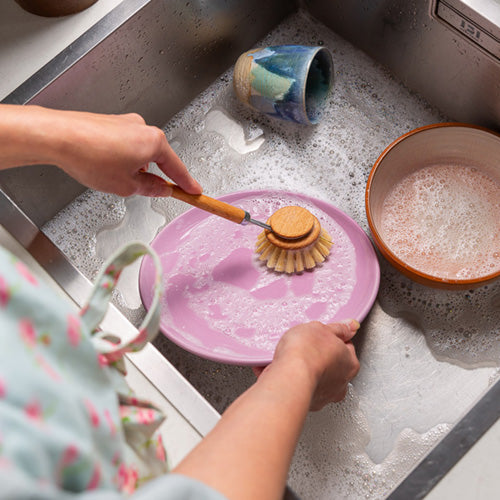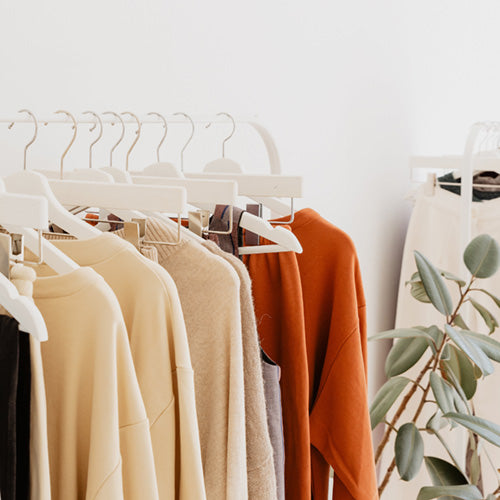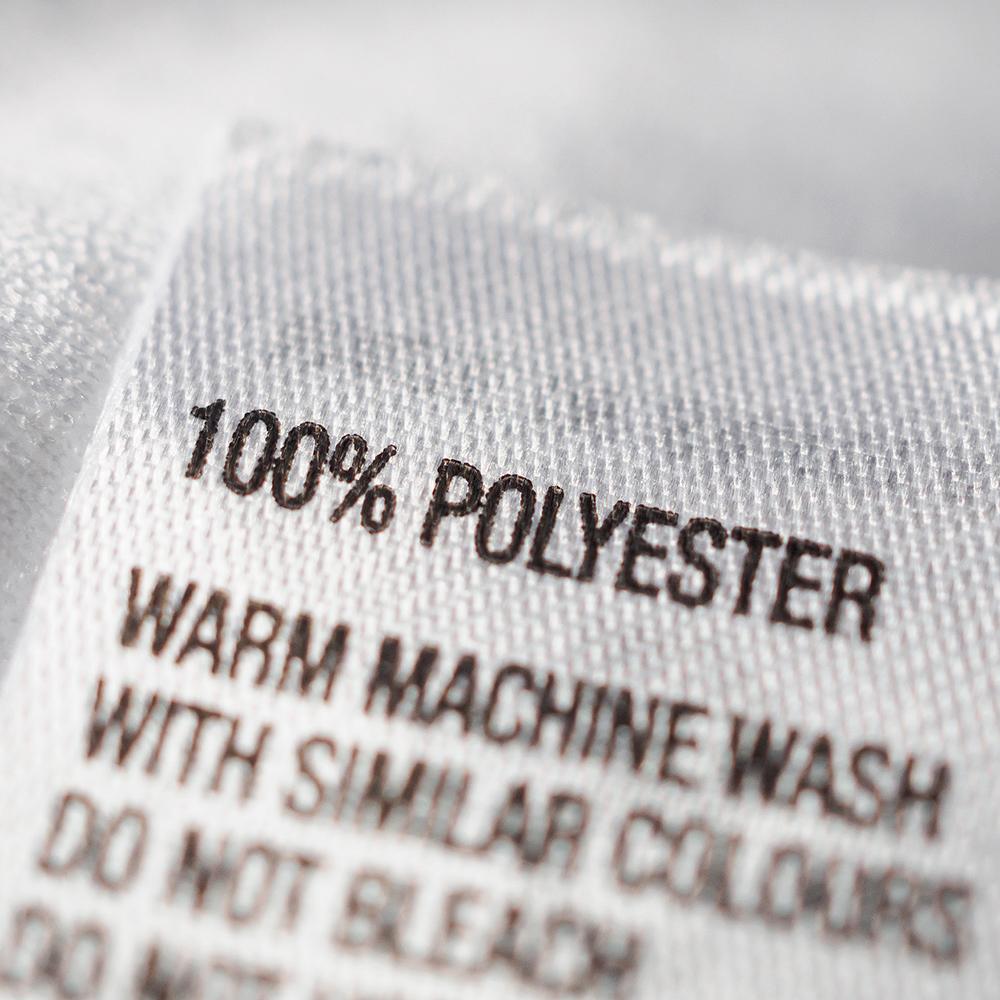Plastic arrived in our lives in the 1950s, designed to make our lives easier. In just a few decades it has plunged our planet into a crisis, yet 380 million tonnes of it is continuously produced every year. If we continue like this, environmentalists estimate that 12 billion tonnes of plastic will be overflowing in landfills by 2050.
Plastic stats that might shock you
It takes 700ml of water to produce a 350ml single-use plastic drink bottle that can be bought at supermarkets all over the world. Somethings wrong with that picture...
- It takes approximately 400 years for plastic to break up (not down).
- 91% of all plastic is not recycled
- 8 million tonnes of plastic ends up in our oceans each year
- We already eat, drink and breathe microplastics.
This all sounds terribly scary, especially if nothing changes. But we can all do our part to stop the plastic tap at the source.
Here are five swaps to immediately reduce plastic in your home
1. Switch to solid haircare products
Once you’ve used up your favourite liquid shampoo and conditioners, consider taking the leap to join in on the solid fun. Solid shampoo and conditioner bars do away with water waste (a typical bottle of liquid shampoo contains up to 70% water) and it also means that we can package them in home-compostable cardboard packaging.
Our shampoo and conditioner bars are soap-free, give you lots of nice bubbly lather to help clean your hair and will leave it feeling silky smooth and soft. Just like the liquid stuff, but without the plastic packaging. One bar can save up to nine plastic bottles from ending up in landfill and so far, our customers have helped us to save over 20 million single-use plastic bottles from ending up in landfill!
We’ve got a bar for every hair type, mini sample sized options to help make it nice and easy to find your new favourites and a generous Product Guarantee.
If you want to make a change to plastic-free haircare, start by finding out what the best shampoo bar is for every hair type.

2. Choose plastic-free clothing
It might come as a shock to find out that a lot of clothing currently in the market contains synthetic textiles like acrylic, polyester and nylon – all forms of plastic.
When exposed to friction or just through daily wear and tear, the plastic in clothing breaks up into tiny strands of plastic called microfibres (a type of microplastic). Less than 1mm long, they’re too small for us to see.
The devastating news is that every time plastic clothing gets washed, we’re essentially draining plastic microfibres straight into our waterways.
So what can we do? Look into laundry balls and filters to help capture the microfibres from clothing we currently own.
If you need to buy clothes, choose clothing made from non-plastic alternatives like wool, bamboo, hemp and even new discoveries like Pinatex (leather made from pineapple leaves).
Cotton is another non-plastic alternative but watch out as it is incredibly land, pesticide and water thirsty.
3. Use plastic-free laundry products
These are much more accessible than you might think! My local supermarket now has an eco-friendly laundry option which is packaged in cardboard and instead of a plastic scoop, they provide a cardboard scoop inside for you to make.
If you’re after a fool-proof stain remover, check out our Flash! laundry bar and stain remover. Our customers love using it to clean make-up brushes, white sneakers, dishes while camping and of course, spot-cleaning stubborn stains on clothing.

4. Choose reusable menstrual products
Single-use menstrual products can contain up to 90% plastic, made worse by the fact that items are often individually wrapped in plastic.
Reusable products like menstrual cups, reusable pads and period underwear last for many years and can save thousands of dollars while significantly reducing environmental waste.
5. Use household cleaning concentrates
Spray cleaners typically contain 93-96% water and are packaged in single-use plastic bottles. This is where concentrates can shine as a great alternative - just add water!
Simply break the concentrate into a couple of pieces, pour over some boiling water, pop it into your reused bottle, wait a few minutes and tada - you have made household cleaners in your kitchen.

Start your plastic-free journey today and make a difference
No one said it would be easy to make all these changes, but if every person began right now, little by little, the effect would be enormous. Just make a start, everything you do helps.
Begin by caring for what you already have and make it last as long as possible.
Those ‘single-use’ plastics? Use them as many times as you can. Avoid buying things encased in packaging as much as you can, and wherever possible, get the very best products possible – ones that will hopefully see you out after a long and environmentally-friendly life.
Vote with your dollar and use your voice
The biggest culprit of plastic waste is big brands, and these big brands can make big differences if they know it’s impacting how much money they make. So, vote with your dollar and use your voice! Let them know if you’re not currently purchasing their products because their business ethics aren’t up to your standard.
Sounds too good to make a difference? Here’s an example - in response to public pressure, McDonalds banned single-use plastic straws in 2018.
Use our handy email template to tell brands you’re breaking up with them.



